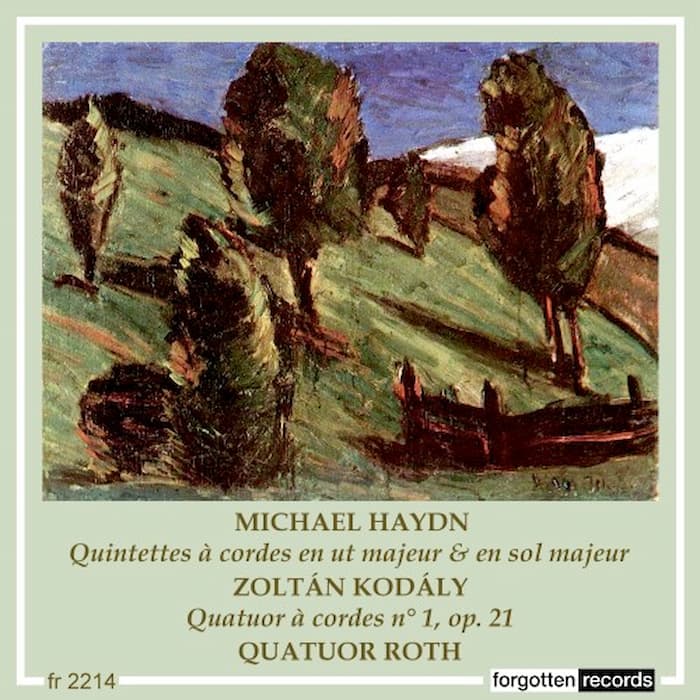Beethoven left his home city of Bonn in 1792 for Vienna, where he stayed for the rest of his life. This was his second attempt at Vienna – he had been sent there by his patron in 1787 where he was supposed to study with Mozart, but his mother died and he had to return home; he was sent there again in 1792 to study with Haydn, and in 1793, Haydn sent a letter on Beethoven’s behalf to his patron, the Elector of Bonn, to see if Beethoven’s leave could be extended.

Carl Traugott Riedel: Portrait of Beethoven as a young man, c. 1800
Your Serene Electoral Highness,
I humbly take the liberty of sending Your Serene Electoral Highness some musical works, viz., a Quintet, an eight-part Parthie, an Oboe Concerto, Variations for the fortepiano, and a Fugue, compositions of my dear pupil Beethoven, with whose care I have been graciously entrusted. I flatter myself that these pieces, which I may recommend as evidence of his assiduity over and above his actual studies, may be graciously accepted by Your Serene Electoral Highness. Connoisseurs and non-connoisseurs must candidly admit, from these present pieces, that Beethoven will in time fill the position of one of Europe’s greatest composers, and I shall be proud to be able to speak of myself as his teacher; I only wish that he might remain with me a little longer…
Despite this eloquent plea, the answer was not positive: The Elector pointed out that, of that list of pieces, all except the Fugue had been written before Beethoven left for Vienna and that perhaps it was time for him to come back to Bonn. Before he could return, though, the war changed Beethoven’s future. Napoleon rose, Bonn fell, and Beethoven no longer had a patron to return to. He stayed in Vienna and found his own patrons in the various noblemen who had gathered in Vienna, including Prince Joseph Franz Lobkowitz, Prince Karl Lichnowsky, and Baron Gottfried van Swieten.
As the Elector noted, sometime before November 1792, Beethoven had written his Parthie, now known as the Octet for oboes, clarinets, horns, and bassoons, Op. 103. This composition in four movements, Allegro, Andante, Menuetto, and Presto, had a different movement in fourth place when Beethoven was originally sketching it. Entitled “Andante”, this movement eventually became the Rondo in E Flat major, WoO 25, now known as the Rondino.
The extraordinary compositional element in the melancholic Rondino was Beethoven’s treatment of the horns. Instead of just using them as filler instruments, he gave them a double function: melodic writing as though it were a high-voice instrument, and support as though it were a bass instrument. Beethoven’s use of a mute (sordino) in the last moments of the work shows his awareness of recent inventions. By using the latest instrumental techniques, Beethoven was showing how he could use them to help in orchestration. The use of the mute comes in at the end of the work (starting at 6:00) where the horns play a melodic line and then echo it – the change in dynamic gives a special orchestral effect. The development of the mute was important – up to that point, muting of the instrument was done with the hand – and forced the player to adjust his pitch by a half-step. The mute made that unnecessary.

Samuel Baron
Ludwig van Beethoven: Rondino in E-flat major, WoO 25
This 1958 recording was made in New York by the New York Wind Ensemble, with John Barrows (a co-founder of the New York Woodwind Quintet) and James Buffington on horn, conducted by Samuel Baron (1925-1997). Samuel Baron made his name as a flutist with both the New York Woodwind Quintet, of which he was a co-founder, and in performance with the Fine Arts Quartet, leading quartets of the 1950s. He was a professor of music at SUNY-Stony Brook and chair of the woodwind department at Juilliard.

Performed by
Samuel Baron
New York Wind Ensemble
Recorded in 1958
Official Website
For more of the best in classical music, sign up to our E-Newsletter


